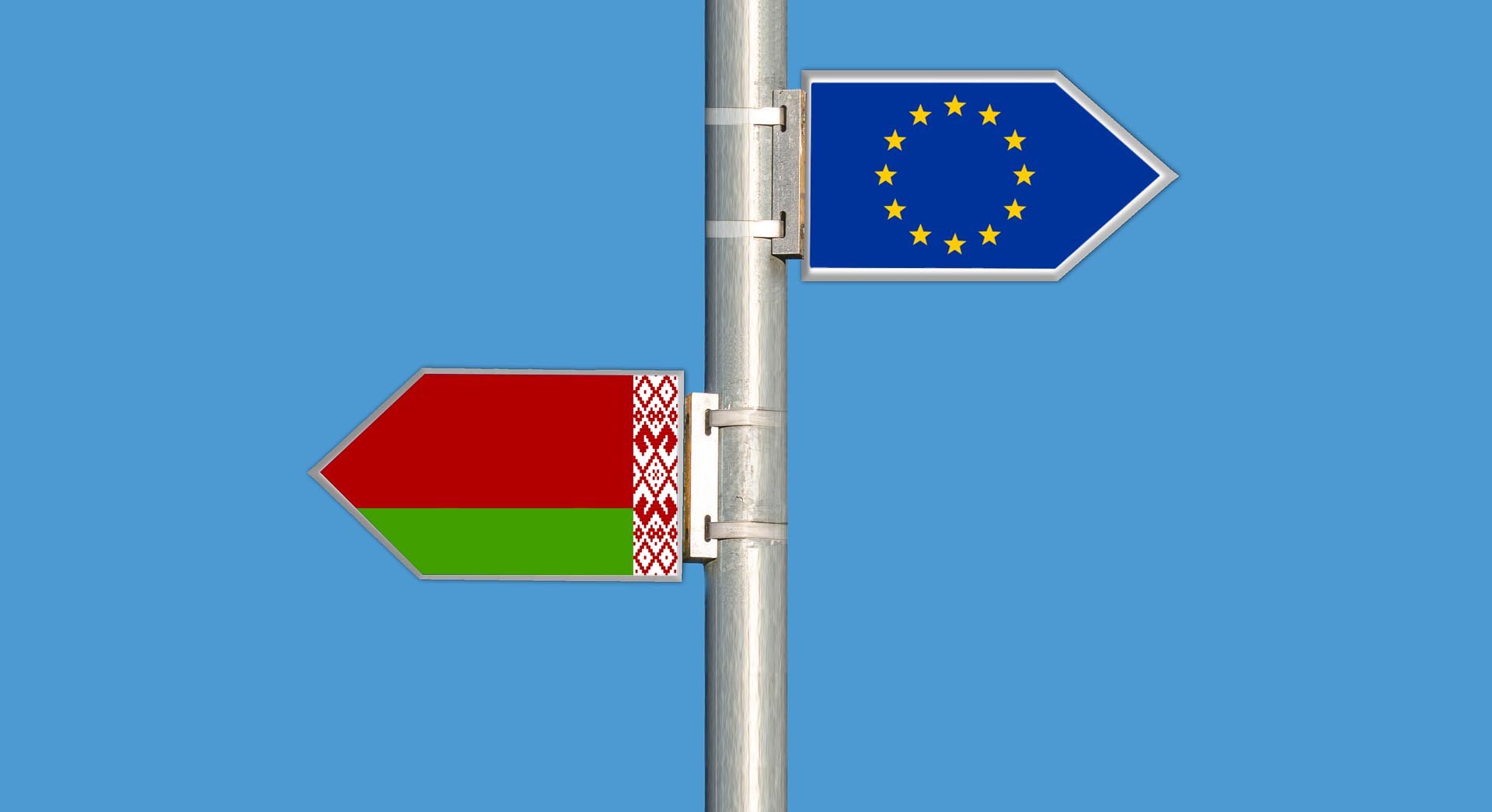
On 23rd of May, Alyaksandr Lukashenka’s brazen clampdown on his opposition came once more under heavy international criticism, after a Ryanair plane, flying from Athens to Vilnius, was forced to land in Minsk under an alleged bomb threat in order to arrest the dissident journalist and activist Raman Pratasevich and his partner, Sofia Sapega. The EU’s reaction to this event came remarkably fast, the leaders of the 27 Member States assuming a hard-line position towards what some leaders described as an act of ‘state-sponsored terrorism’.[1]
Despite the international outrage, state repression of anti-regime activism in Belarus does not represent a novelty on the EU’s crises roster. Since the fraudulent elections in August 2020 more than 33.000 protesters have been thrown in detention and physically abused by the security forces, while 454 political sentences were meted as of June 1st, with thousands more still on a roll, according to the human rights group Viasna.[2] In response, the EU imposed so far three sanction packages on the current leadership, which consist of asset freezes and travel bans to the EU for 88 individuals associated with the violent repressions, including Lukashenka himself as well as his son, Viktor Lukashenka, who is the National Security Advisor.[3]
COMMENTARY |
Continuing the EU-Belarus Sanctions Saga: What Hope for the Fourth Package of Sanctions? — by @Andrei_Stnc
For the entire paper
https://t.co/UyXcmZC0nj pic.twitter.com/1tFlmt3WEl
— Vocal Europe (@thevocaleurope) June 17, 2021
Click Here to Read the Entire Paper
__________________________________________________________
[1] Mateusz Morawiecki [@MorawieckiM]. (2021, May 23rd). Hijacking of a civilian plane is an unprecedented act of state terrorism. It cannot go unpunished. Twitter. Available at: https://twitter.com/MorawieckiM/status/1396486258747183106
[2] Viasna Human Rights Center (2021, June 2nd). Human Rights Situation in Belarus: May 2021. Available at: http://spring96.org/en/news/103670
[3] Council of the European Union (2021, May 25th). Timeline – Eu restrictive measures against Belarus. Available at: https://www.consilium.europa.eu/en/policies/sanctions/restrictive-measures-following-the-2020-belarus-presidential-elections/belarus-timeline/



